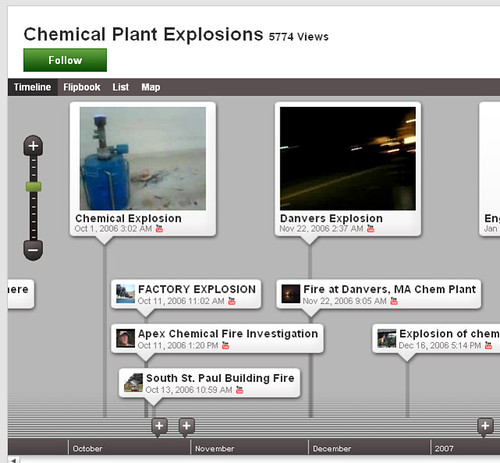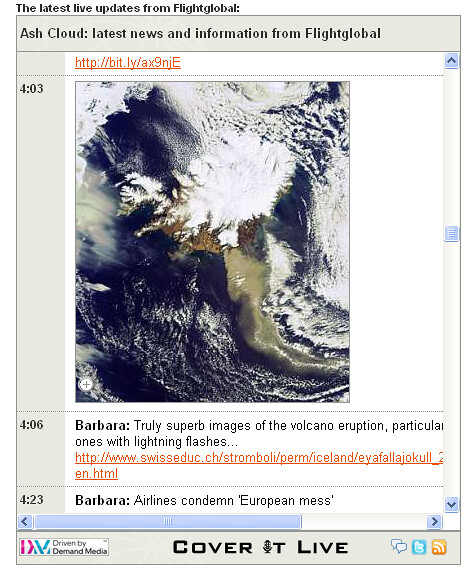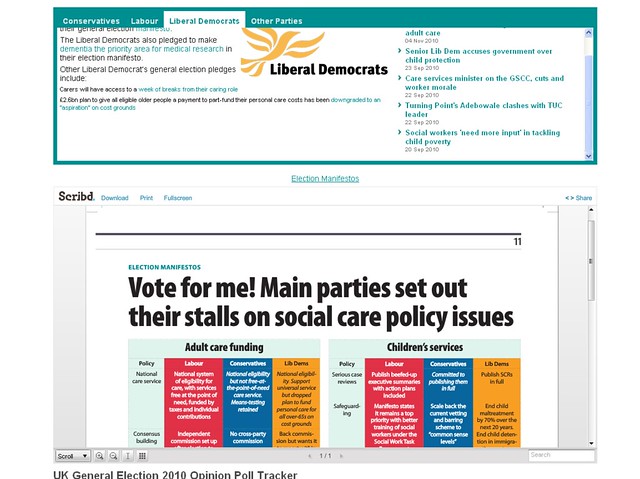While most national newspapers struggle to make more than 10 per cent of their money from online – business publisher Reed Business Information now makes some 70 per cent of its revenue from digital.
So RBI editorial development director Karl Schneider is a man worth listening to when it comes to online publishing.
He had plenty of hands-on advice about how to use free, easily embeddable tools, to soup-up news websites – with plenty of examples of how this is being done across the RBI empire – when he spoke at the Pimp My Blog event I organised at City University’s journalism department last week:
Timelines:
At chemicals information provider www.icis.com (paywall protected) they have used Dipity to great effect to create interactive timelines in the wake of big chemical explosions.

In-story links (with pics)
At the Road Transport Division, LinkWithin is used well on its hugely popular Big Lorry Blog. This is a handy widget which can be used to jazz-up in-story links.

Live blogging
Flightglobal has used live-blogging widget Coveritlive particularly well with a volcanic ash-cloud live blog. As well as pulling together news updates and comment, the Flightglobal team used the blog to display the latest video, photos and satellite images.

Slideshows
Schneider used the website of Hairdresser’s Journal (which is built entirely on the blogging platform Moveable Type) as a good example of how to use Lightbox2 to create attractive slideshows. Other RBI sites use Flickr for more straight-forward slideshows.
Quizzes and docs
He recommended Quibblo for creating interactive quizzes and polls and Scribd as a good way to embed documents in stories (as used here by Community Care).

Powerpoint
To display Powerpoint presentations online Schneider recommended Slideshare.
Crowd-sourcing
The most impressive use of social media he demonstrated was Farmer’s Weekly’s RustWatch initiative, an exercise in crowd-sourcing. It uses an embeddable Google Doc form to collect data from readers about outbreaks of rust – a deadly airborne fungus which can devastate crops. The form, here, is then used to generate a Google Map embedded in the page plotting the spread of rust across the UK.

Schneider said that of all the changes currently happening in journalism, the biggest one is that it is becoming interactive. He described online journalism as “a fantastic playpen” where you have “a licence to experiment”.
So there you have it – ten fantastic free online tools anyone can use to make their website more interactive, attractive and informative.
With blogs (like this one hosted on wordpress.org) it is pretty easy to flip from “visual” to “html” on the story-editing page and then copy in the html code from widgets such as these. If your website is hosted on a paid-for content management system, using such third-party applications is going to more tricky.
Here is the video of Schneider’s presentation, provided by the BBC College of Journalism:
Email pged@pressgazette.co.uk to point out mistakes, provide story tips or send in a letter for publication on our "Letters Page" blog
